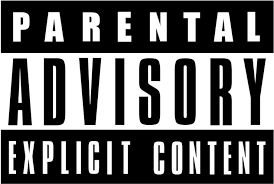Ok, its been a while since I blogged and I am probably going to piss people off or take the warm fuzzy glow off something that most people are seeing as a move in the right direction when it comes to enabling flexibility of gender expression in schools. My Facebook feed went crazy a few days ago with the story of the Dunedin intermediate school that was eliminating gendered uniforms. This move is seen as revolutionary, some sort of highland fling needs doing as kilts and skirts blend boys and girls in a new gender neutral utopia that allows students to freely express themselves.
I want to be excited ‘yay’. I want to be optimistic ‘maybe other schools will do it now’, I want to be supportive ‘it’s important’. Right, now that I’ve got that out of the way – time to get realistic and bit more critical for the sake of actual change. So stop reading now if you want the warm fuzzy version.
Has this school actually done anything earth shattering? No. They are talking about adding long pants as an option and culottes, which are about as functional as stubbies. If guys choose to wear a kilt…it’s a kilt, not a skirt…duh. This is the same as wearing any other form of cultural dress. Get guys in culottes and then I’ll be impressed.
There is no such thing as gender neutral – because neutral is masculinised – pants or shorts. So what we are talking about is not feminising or enabling feminine expression. KILTS ARE NOT SKIRTS!
It is an intermediate – these are still ‘kids’ – show me a high school – or better a single sex school that does this and I will be convinced, more so if it’s a boys school.
If people think students now have ‘freedom’ to choose – think again, the gender norms still apply and when boys can grow their hair long, girls can cut theirs short and not shave their legs and it be ok – THAT is the other uniform rule that has to be broken. When a girl can wear short hair and not be asked if she is a boy or a girl that will be the sign of change.
Finally – a truly radical move from schools in New Zealand these days is to NOT have a uniform. I went through primary and intermediate without a uniform, I think I am ok as a result. Show me a school that moves from uniform to no uniform and that will be radical and ground breaking
Uniforms perpetuate the idea of gender, regardless of flexibility – there is still an absent but implicit assumption that there are feminine and masculine uniforms.But good on ya Dunedin North Intermediate for listening to students, that is worth celebrating. but wait until you guys get a good southerly up those kilts and I reckon there will be a quick run at the uniform shop for pants. And no modern uniform should have culottes they are worse than gender neutral they are gender dysfunctional.




